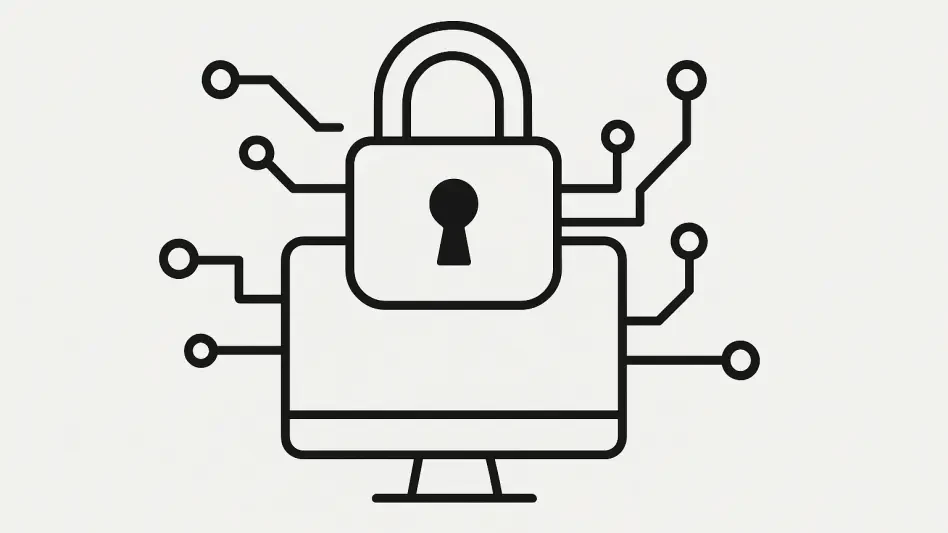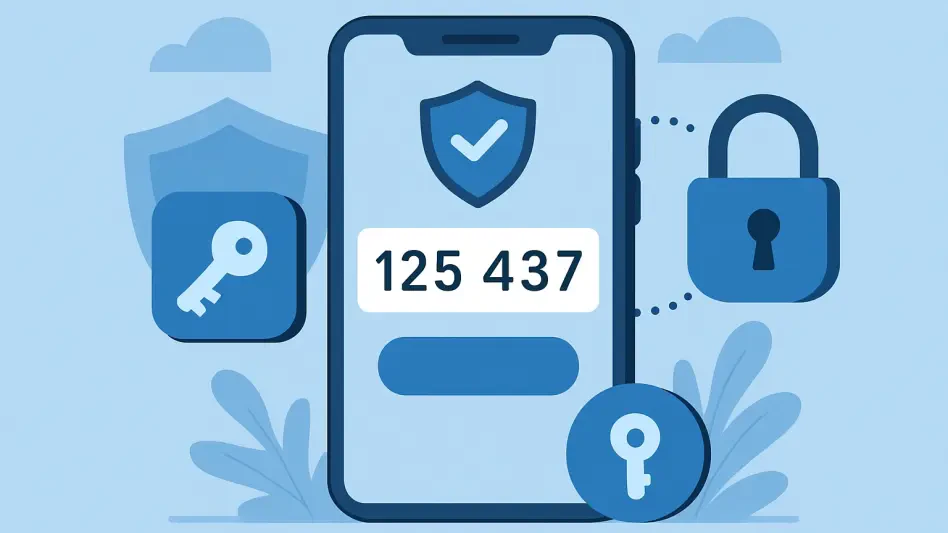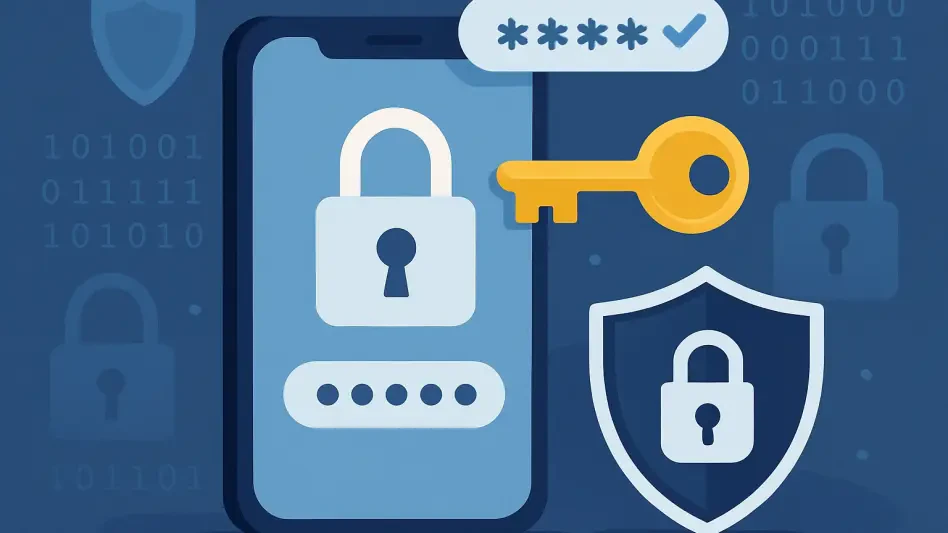In the digital age, the frequency and magnitude of massive password breaches have become a pressing concern for users worldwide, given the widespread use of online accounts for personal and professional activities. Recent incidents have exposed millions of account credentials, highlighting vulnerabilities within popular online services and underscoring the importance of strengthened cybersecurity measures. As data breaches become increasingly sophisticated, individuals must adopt effective strategies to protect sensitive information from falling into the wrong hands. Understanding the methods cybercriminals utilize and how to safeguard against them can significantly lower the risk associated with password leaks. This article explores practical steps you can take to protect your data and minimize threats posed by these breaches.
Preventing Credential Theft
One essential aspect of protecting against password leaks involves taking proactive steps to prevent credential theft. Users can start by changing their passwords regularly, ideally once a year, to reduce the chance of their credentials being compromised and to stay ahead of potential threats. Cybercriminals constantly develop new techniques to breach databases, and regularly updating passwords can thwart attempts to reuse stolen credentials. Furthermore, adopting complex and unique passwords for each account increases security. Complex passwords typically include a mix of uppercase and lowercase letters, numbers, and special characters, making it harder for attackers to guess or crack them.
Additionally, incorporating multi-factor authentication (MFA) into account security is an effective measure against unauthorized access. MFA provides an extra layer of protection by requiring multiple forms of verification, such as something only the user knows, has, or is. This means that even if a password is compromised, the attacker would still need the second verification factor to gain access. Security experts recommend using MFA for all accounts that offer it, particularly those handling sensitive financial information. While these practices may require some effort and vigilance, implementing them significantly reduces the risk of credential theft and strengthens the overall security posture of an individual’s digital presence.
Utilizing Password Managers and Monitoring Accounts
Password managers are valuable tools when it comes to handling numerous online accounts and passwords, as they simplify the task of creating, storing, and organizing secure passwords across various platforms. Using a reliable password manager offers significant convenience and security benefits, ensuring that each account maintains a strong, unique password without the user having to remember them all individually. However, users must safeguard master passwords with the utmost care, as the exposure or compromise of this one password could unlock access to all stored credentials. To mitigate this risk, experts recommend employing a combination of strong master passwords and regular updates.
Another important tactic is to stay vigilant about account activity and ensure that alerts for suspicious behavior are enabled. Many websites and services provide notifications if they detect unusual login attempts or atypical account usage, allowing users to respond swiftly if unauthorized access is attempted. Delegating this task to security software adds an additional layer of protection, as it constantly scans for malicious activities and potential vulnerabilities. Keeping security software up to date further enhances its ability to detect emerging threats and eliminate them before they cause harm. Moreover, users should periodically review their accounts for any signs of compromised credentials, relying on services like HaveIBeenPwned to identify if their account has been affected by recent breaches.
Adopting Comprehensive Security Measures
Implementing a holistic approach to digital security can significantly bolster defenses against password leaks. This involves not only adopting strategic preventative practices but also maintaining a robust suite of cybersecurity tools to detect and neutralize potential threats. Advanced security software plays a crucial role in safeguarding personal data, continuously scanning for and eradicating infostealer malware and other cyber threats. Regularly updating security applications with the latest definitions is vital to remaining protected against evolving malware variants. It’s critical to employ software designed to track and address dubious activities while also offering real-time alerts, allowing individuals to react promptly.
Moreover, an often overlooked aspect of security is the consciousness surrounding data sharing and online behaviors. Users should remain mindful of oversharing personal information on platforms susceptible to phishing and social engineering tactics. Educating oneself on recognizing dubious links and suspicious emails can prevent inadvertently falling victim to elaborate cyber schemes. Taking advantage of encryption tools for securing sensitive communications further decreases exposure to unauthorized access. Additionally, maintaining a keen awareness of current cybersecurity trends and threats ensures users can proactively adapt their strategies to known risks and emerging challenges.
Enhancing Practices for Better Protection
In the digital age, securing one’s password is crucial in safeguarding against credential theft. Preventative measures include regularly updating passwords, preferably yearly, to minimize the risk of compromise and stay ahead of evolving cyber threats. As hackers continually devise methods for database breaches, changing passwords consistently can prevent the reuse of stolen data. Additionally, creating complex, distinctive passwords for each account bolsters security. Effective passwords integrate uppercase and lowercase letters, numbers, and special symbols, increasing difficulty for attackers to decipher them.
Another key strategy is employing multi-factor authentication (MFA) to enhance account security. MFA demands more than a password, incorporating different verification forms—something the user knows, has, or is. Even if a password leaks, an intruder still needs a secondary authentication factor for entry. Experts urge MFA usage for all accounts, especially those managing sensitive financial data. Though these security practices may require effort, they substantially lower credential theft risks and fortify one’s digital presence overall.








